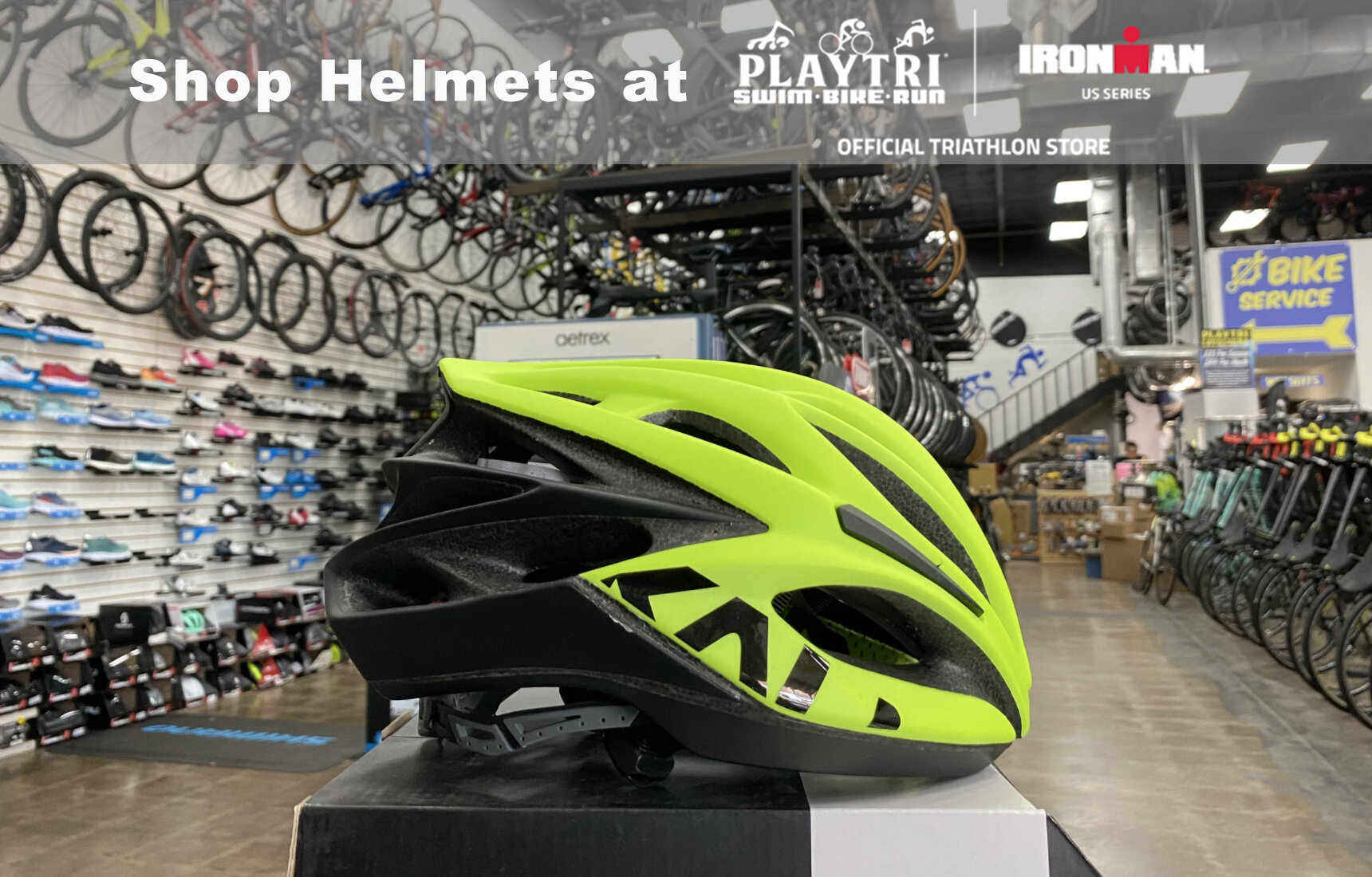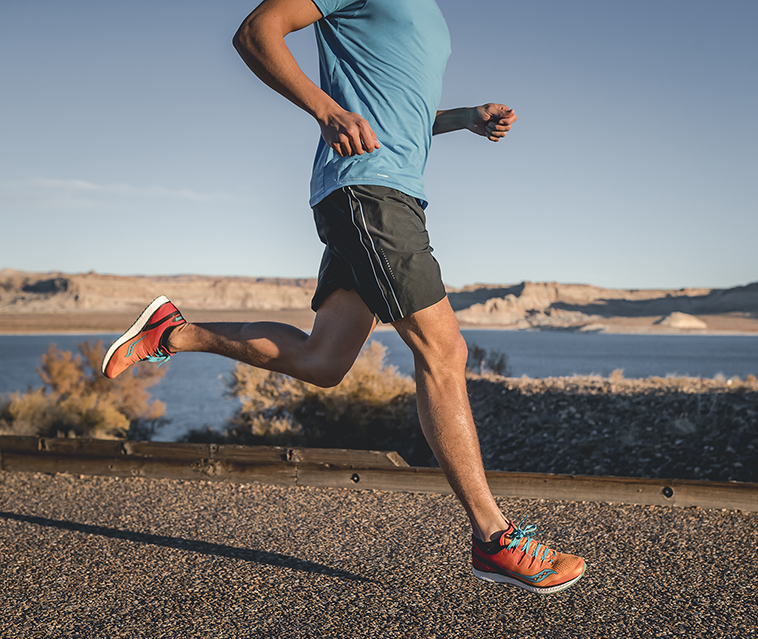Most of the world is coming out of a trying time. We are emerging from Covid-19 quarantine, confronting the reality of racial injustice, and attempting to find a new normal. Life has required a new level of mental toughness for many of us, and I hope we will all emerge a little stronger. I hope, also, that we can begin to look forward to the racing season this Fall. It looks a bit different from any race season we have seen, but it is a race season nonetheless. Most of us missed any opportunity for a “rust buster” race this spring. When the races start, they are going to be big and full of energy!
Given this unusual situation, we need to be especially careful with our mental preparation for these races. I like my preparation to cover three categories: controllables, confidence, and execution. To be race ready I need to make sure I have every single controllable dialed in. These are a small number of things you have complete control over, so I like to take that control and own it. I am going to stay away from the physical side of the controllables here, and only focus on the mental controllables. The first is to have a race plan for your execution and nutrition strategies.
For your race execution plan, consider the current forecast, water temperature, and start time. The current forecast might be different from what you assumed, so stay current on the race day conditions. Once you are certain of the weather, decide what you will wear. Do not give yourself race day options. Make a plan that is the best for you, considering the conditions. Additionally, use the weather forecast to dial in your nutrition plan for race day. The heat and humidity can alter your fluid and calorie consumption, so be ready! Also, both of these are drastically affected by your start time. If you have to wait an hour after transition closes, you need to be prepared with fluid, calories, and clothes for that amount of time. You want to have a written out plan starting with dinner the night before all the way through your post-race recovery including sleep, food, fuel for the race, hydration, wake up time, pump up jams, stretching routine, pre-race warm-up, your Instagram posts - literally everything! You want to have zero thought required on race day. You should be able to go into autopilot and go through the motions. Save all of your mental energy for the race itself.
Confidence is a huge part of mental readiness. It allows you to execute the plan you created. Many mistakes are made when athletes do not believe in their ability to finish strong. They tend to try and “bank time” early in the race. This is a mistake 99% of the time. Have the confidence in yourself to execute, and trust your plan. To help with this I always take thirty minutes the night before a race and review my training log. I look back at key sessions to give me confidence that I can execute the race plan I created. I also create a few mantras for the day or specific parts of the day to help me stay on track.
The last area is the execution. So, you have the controllables locked in. You have a race day plan, a nutrition plan, and you are confident in your ability to perform. Then the gun goes off. As Mike Tyson says, everyone has a plan until they get punched in the face. I like to run a bunch of scenarios through before the race, but it never unfolds like any of them. So, you need to take all of the plans and be ready to adapt them to whatever happens on race day. Be mentally prepared to react. If you keep your plan in mind, you can control your reactions and keep your actions within the confines of your plan, even if it is not perfect. This controlled reaction allows you to stay on track to hit your goals.
In order to be race-ready you need to do the physical work. You need to have your equipment dialed in and 100% ready to go. You also need to have your mind dialed in. You need to have a plan, be confident, and be ready to execute your plan as close as possible, given the dynamic of the race as it unfolds. The last thing to include in your plan is to smile and have fun! After all, that is why we are all out there.







